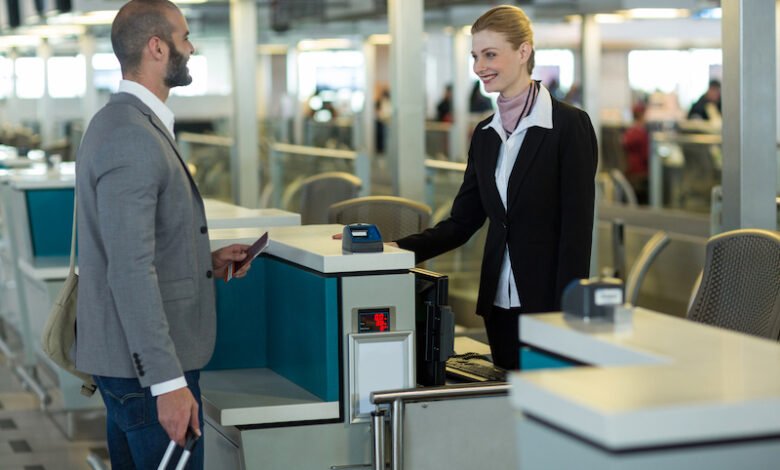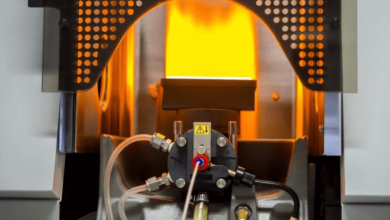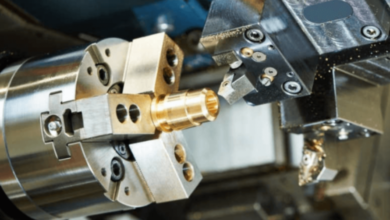The Evolution and Impact of Airport Security Scanners

Ensuring the safety of passengers and crew is paramount. The tragic events of September 11, 2001, underscored the vulnerabilities within airport security systems and propelled significant changes in how airports manage passenger safety. The implementation of advanced security measures, including the evolution of airport security scanners, has redefined the travel experience. These scanners have not only improved detection capabilities but have also influenced the perception of safety among travelers.
The First Generation of Security Scanners
The initial airport security measures primarily revolved around metal detectors and hand inspections. These rudimentary systems were effective in detecting metallic items, such as firearms and knives, but failed to identify non-metallic threats, particularly explosives. As the nature of security threats evolved, so too did the technology employed in airports. The introduction of X-ray machines, which allowed for the inspection of luggage and carry-on items, represented a significant leap forward. These machines could reveal hidden threats within bags, improving the ability to detect contraband and dangerous items.
However, the early X-ray systems had limitations in terms of image resolution and the ability to differentiate between harmless items and potential threats. As the aviation industry recognized the need for more advanced solutions, research and development in imaging technology became a focal point, paving the way for the next generation of airport security scanners.
See also: How to Edit Interview Footage: Techniques for a Natural Flow
Advancements in Technology
The turn of the millennium saw a surge in technological advancements designed to bolster airport security. One of the most significant innovations was the introduction of computed tomography (CT) scanners. These advanced systems provided 3D imaging capabilities, enabling security personnel to examine the contents of a bag from multiple angles. The enhanced clarity and detail of CT images allowed for better identification of potential threats, significantly reducing the number of false alarms while increasing the efficiency of the screening process.
In addition to CT technology, millimeter-wave scanners emerged as another key player in enhancing passenger safety. Unlike traditional metal detectors, these scanners utilized radio waves to create a detailed image of a passenger’s body, allowing security agents to identify concealed items without physical contact. This technology not only improved detection rates but also offered a more dignified screening process for travelers, minimizing the intrusive nature of pat-downs.
Balancing Security and Passenger Experience
While advancements in security technology have greatly improved detection capabilities, they have also raised concerns about passenger experience. Long wait times at security checkpoints and the anxiety associated with screening procedures can detract from the travel experience. Airports and security agencies have recognized this challenge, striving to balance the need for robust security with the desire for an efficient and seamless process.
To address these concerns, many airports have implemented automated systems, reducing the burden on passengers while maintaining high security standards. Self-service kiosks for document verification and automated bag drop-off points have streamlined the check-in process, allowing travelers to move through security with greater ease. Furthermore, the integration of biometric technology, such as facial recognition, has expedited the identification of passengers, fostering a smoother flow through security checkpoints.
Enhancing Training for Security Personnel
The effectiveness of an airport security scanner is heavily reliant on the training of personnel who operate them. As technology has evolved, so too has the need for comprehensive training programs that equip security staff with the skills necessary to interpret advanced imaging and identify potential threats. Continuous education and skills development are essential to keeping pace with emerging technologies and evolving threats.
Many airports have begun to implement simulation training, allowing security personnel to practice identifying threats in a controlled environment. This hands-on approach not only hones their skills but also builds confidence in their ability to handle challenging situations. By investing in the training and professional development of security staff, airports can enhance the overall effectiveness of their security measures.
The Future of Airport Security Scanners
Looking ahead, the future of airport security scanners is poised for further innovation. The application of artificial intelligence (AI) in image analysis is one area with the potential to revolutionize the industry. AI-powered systems can rapidly analyze images generated by security scanners, identifying threats with remarkable accuracy while reducing human error. As these technologies mature, they promise to create even safer and more efficient airport environments.
Moreover, the implementation of integrated security systems that combine various technologies—such as biometrics, AI, and advanced imaging—will likely become the norm. This holistic approach to airport security not only enhances detection capabilities but also allows for real-time threat assessment, improving the overall safety of passengers and crew.
A Commitment to Safety
The evolution of airport security scanners reflects a commitment to passenger safety in an ever-changing landscape of threats. From the early days of metal detectors to the sophisticated imaging technologies of today, airports have continuously adapted to enhance their security measures. As technology continues to advance, so too will the strategies employed to protect travelers, ensuring that air travel remains one of the safest modes of transportation.
The journey of airport security has been marked by innovation and resilience, driven by the collective goal of safeguarding passengers while facilitating a positive travel experience. As we move forward, the balance between security and convenience will remain a focal point, shaping the future of air travel for generations to come.






